Ophelie Wiel is a noted film critic and scholar of Indian cinema, especially Bollywood, in France. She teaches Film Studies at the Universite de la Sorbonne Nourvelle in Paris. She has lived and worked in Mumbai for eight years. In her new book, ‘Rendezvous with Hindi Cinema’ (publishers: Sage/Yoda), Wiel gives us hidden and deeper glimpses of the Bombay film industry, dissecting its inner, invisible layers, outside the glory, the glamour, and grandeur. She speaks to technicians, actors, filmmakers, creative collaborators, critics, theatre- owners and operation heads about their own location, role, and challenges within the industry, the current state of Hindi cinema, and where they think it is headed. She has lucid and interesting conversations with avant-garde and rooted musicians like Sneha Khanwalkar, animation filmmaker Gitanjali Rao, Nazir Hossein – the owner of the famous Liberty Cinema in Mumbai, costume designers Manoshi Nath and Rushi Sharma, directors Dibakar Bannerjee and Onir, actresses Kalki Koechlin and Richa Chadha, among others. In the foreword to this very frank and honest book of interviews, veteran actress Shabana Azmi writes, ‘‘One of the most important and earliest things that I learnt being a part of the film community was that a film is not made by one person, it is made by a village.’’
For a French scholar of film studies and movies, you would have been trained in the classical and great genre of French cinema, including European and Soviet cinema, which includes the brilliant films before and after World War II. So, how come you developed an interest in Hindi cinema?
I think that as a cinephile/movie-buff, you should be interested in all kinds of cinema, genres or countries of production. I don’t think you can call yourself a real movie-lover if you only watch American blockbusters or French auteur cinema. Hence, as a film critic, I make a point of watching whatever comes my way. Still, obviously, I have my favorites, and I was actually raised on Hollywood musicals from the 1930s and 1940s. They made me love cinema. So, when I discovered Hindi cinema (I started with Bollywood), it made me feel like I could get this amazing feeling of escapism back from my childhood. Later, I just fell in love with Mumbai as a city and it made sense for me to develop a special interest in all kinds of Hindi cinema, not only Bollywood.
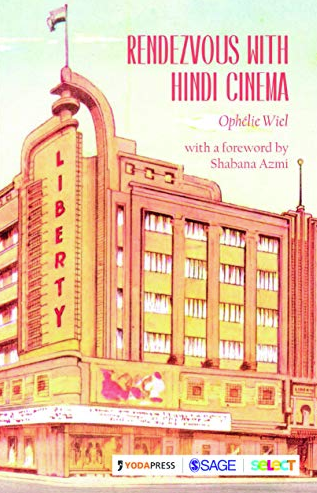
Did you only concentrate on films made in Mumbai? Did you take a look at regional cinema, which is often creating great films?
For this book, I did concentrate only on Mumbai. Since it developed as an interview-based book, and since I was living in Mumbai, it was easier for me to meet people from this industry. Also, there was already so much to write on! It would have perhaps become confusing if I had decided to mix interviews with people from the Hindi film industry with people from the Tamil and Bengali industry. But, yes, I do believe regional cinema is making great films, usually way more interesting than the commercial industry – especially Marathi cinema, for instance. I didn’t know enough of Marathi films to feel legitimate writing about it. Same goes with Tamil cinema: I love it, but I know too little still. I did mention regional cinemas in my first book, published in France, but it was supposed to be more an introduction on Indian cinema for French people, so I didn’t really dive into them.
Do you agree with the so-called difference between art movies and box-office commercial cinema, or parallel and mainstream films?
I do. Maybe because I come from a country where this difference exists almost officially. In India, it seems to me it’s even more important to highlight the difference because films are considered mostly as a business, and if there were no art movies made in India, it would be quite sad! Obviously, all films need to make money, at least so that directors who believe in movies as a form of art are able to make not only one movie. It is quite sad that in India there is no real structure (like we have in France) to help independent directors to finance their films which are not made for multiplexes or big crowds. But you can’t say that there is no difference between a Thithi or a Dabangg, or between a Gangs of Wasseypur, which was made to make money but can still be called an art movie, and a Sunny Deol movie.
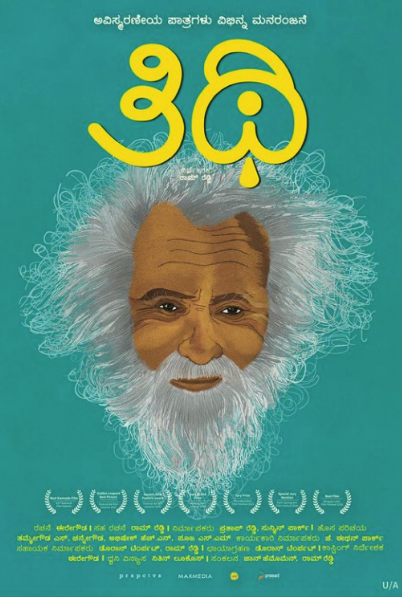
How do you make the difference, say between a low-key brilliant film made by Dibakar Bannerji or Anurag Kashyap, or a stupid multi-crore big success movie with Salman Khan and a big commercial director like Sanjay Leela Bhansali?
I do feel it’s our job as film critics to highlight this difference, so there is absolutely no confusion. And it doesn’t really have to do with how much money has been invested in the film. You don’t need crores to make a great film; and, of course, a multi-crore movie is not always a great film. Sanjay Leela Bhansali, in my opinion, is a director who is able to reconcile big money with art. To me, everything relies on the intention of the director. If your first thought, when you decide to produce or make a movie, is how much money you will get out of it, how can you then make a great movie? If you just use the same formula which you think has been working with audiences for years (the way most Bollywood movies work), then you won’t be able to make a great movie.
When you watch Dibakar Banerjee’s movies, you can tell that there has been deep thought preceding each shot. A Salman Khan movie will almost never give you this impression.
For me, you need to want to ‘say’ something through your movie. You need to think creatively: how will you engage the audience with your story? How will you use photography, your actors, your camera, to tell your story in the best way possible?
When you watch Dibakar Banerjee’s movies, whether you like them or not doesn’t matter — you can still tell that there has been deep thought preceding each shot. A Salman Khan movie will almost never give you this impression; usually, it seems like the director didn’t even really know where to put his camera (or maybe he was not even there on the sets!) It doesn’t mean, though, that a Salman Khan movie can’t be enjoyable.
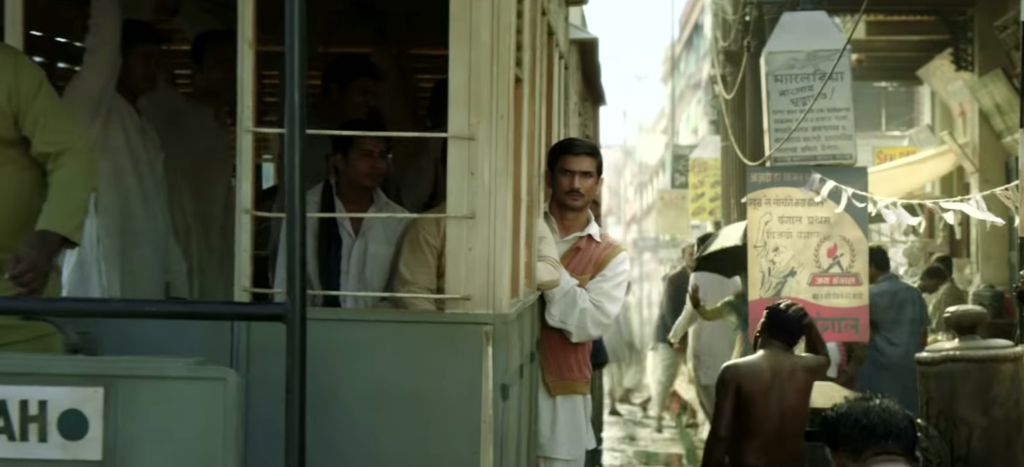
Do you think low budget great movies with fantastic and sensitive scripts, talented directors, cinematographers and musicians, and young, unknown but good actors, have a chance to survive and succeed in the tyranny of mediocrity that is Mumbai commercial cinema?
I have to say your question made me laugh! I can tell that you are not a big fan of commercial cinema. From what I have been observing, in my eight years of living in Mumbai, it is really tough for talented people who dream of making a different kind of film to survive in this industry. They usually are given one shot, and if they don’t succeed, then it’s almost impossible to try again. What happened to Anurag Kashyap is quite a success story which provided inspiration, but how many are able to follow his steps? Look at people like Vasan Bala or Kanu Behl. They made a great first movie, but it doesn’t seem like it is going to be easier for them to make a second one.
If your first thought, when you decide to make a movie, is how much money you will get out of it, how can you then make a great movie?
It’s especially tough for directors. Cinematographers can do both commercial and art movies; they won’t be judged for it. As for actors, there is such a crying need for good acting in Mumbai that I don’t think talent is overlooked. People like Radhika Apte, Konkona Sen Sharma, Kalki Koechlin or Nawazuddin Siddiqui were able to find themselves some space, and each movie they make are proof of their immense talent.
How important is a story or script in a movie, considering that most big hits have no story?
A story is important but doesn’t make by itself a great movie. Same goes with literature: you can have a thrilling book, full of suspense, which is actually shitty literature because there is no style. Godard’s movies don’t always have a story per se: most of his movies are kind of made against the idea of the story. They are still masterpieces. In the end, films are the art of the movement and of the image (of the moving image!) That is why, for me, a big hit like Bhansali’s Devdas is also a great movie: the story is not really important, but the shots are so amazing they are engraved in you for a long long time.
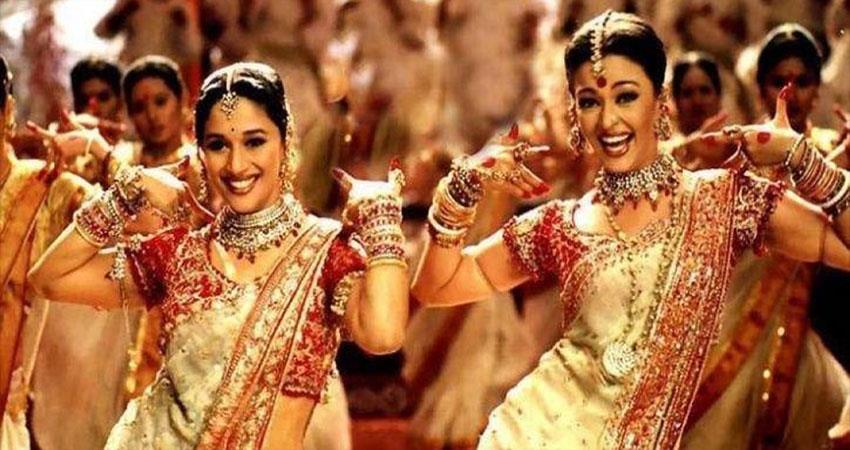
Are films only to be made to make money? Like great literature or art, does it have some other purpose?
Of course not! If they were only made to make money, my job as a film critic, teacher and writer would have absolutely no purpose. It is a question that has been asked since the beginning of cinema as a form of entertainment. Cinema has developed, since the silent era as an industry as well as an art. And it’s okay; that way, everyone can find what he is looking for. Of course, I would rather all movies were made as great art, but, even painting or literature have their ‘commercial’ side. You can’t call Dan Brown’s books art, for instance. Plus, look at all these great movies which were made to make money and which turned out to be masterpieces, like John Ford’s movies in Hollywood, or Raj Kapoor’s in Hindi cinema!
Godard’s movies don’t always have a story per se: most of his movies are kind of made against the idea of the story. They are still masterpieces.
Who are the new and talented non-box-office filmmakers and actors/actresses whom you like in the current Hindi film industry?
Well, I don’t know if we can call Anurag Kashyap or Dibakar Banerjee non-box-office filmmakers, but their films almost never disappointed me. I also loved Kanu Behl’s Titli, Neeraj Ghaywan’s Masaan, Konkona Sen Sharma’s A Death in the Gunj and I can’t wait to see their next films. Radhika Apte is my favorite non-box office actress (though she’s finally getting some recognition). Vicky Kaushal is an interesting actor also. I hope he won’t lose himself in fame. And there is also Tannishtha Chatterjee and Nimrat Kaur who are fabulous actors. I know I am giving you many names of women, but I think if they were really given a shot, women might change the face of the Hindi industry. Still, you would probably find even more interesting people in the regional industry.
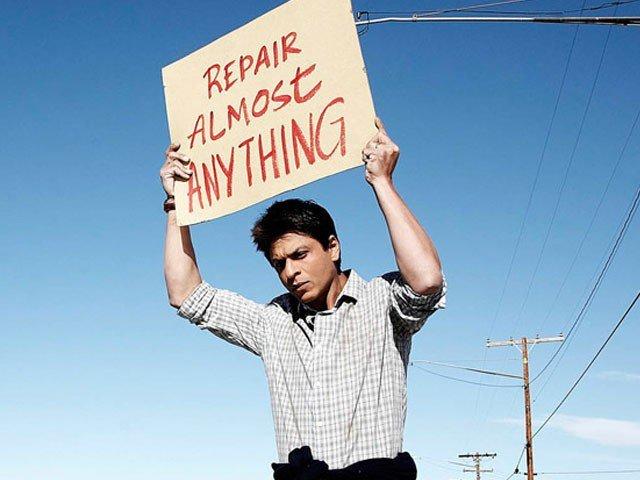
Who are your favourite big money, big movie, big stars?
Shah Rukh Khan has to be my favorite big star. He has something that very very few actors have, this capacity to not really act, be himself only and still shine somehow. He can’t really dance, he uses the same expressions in most movies, he is not the most handsome, but there is something absolutely mesmerizing in his presence on the screen. I am completely in love with him, and, strangely enough, except when he tries to do something new! I hate when Shah Rukh Khan doesn’t act like Shah Rukh Khan. SRK can’t be anything else than SRK.
BollywoodCinemaHindi cinemaHindi filmsIndian filmsMumbaiOphelie WielShah Rukh Khan